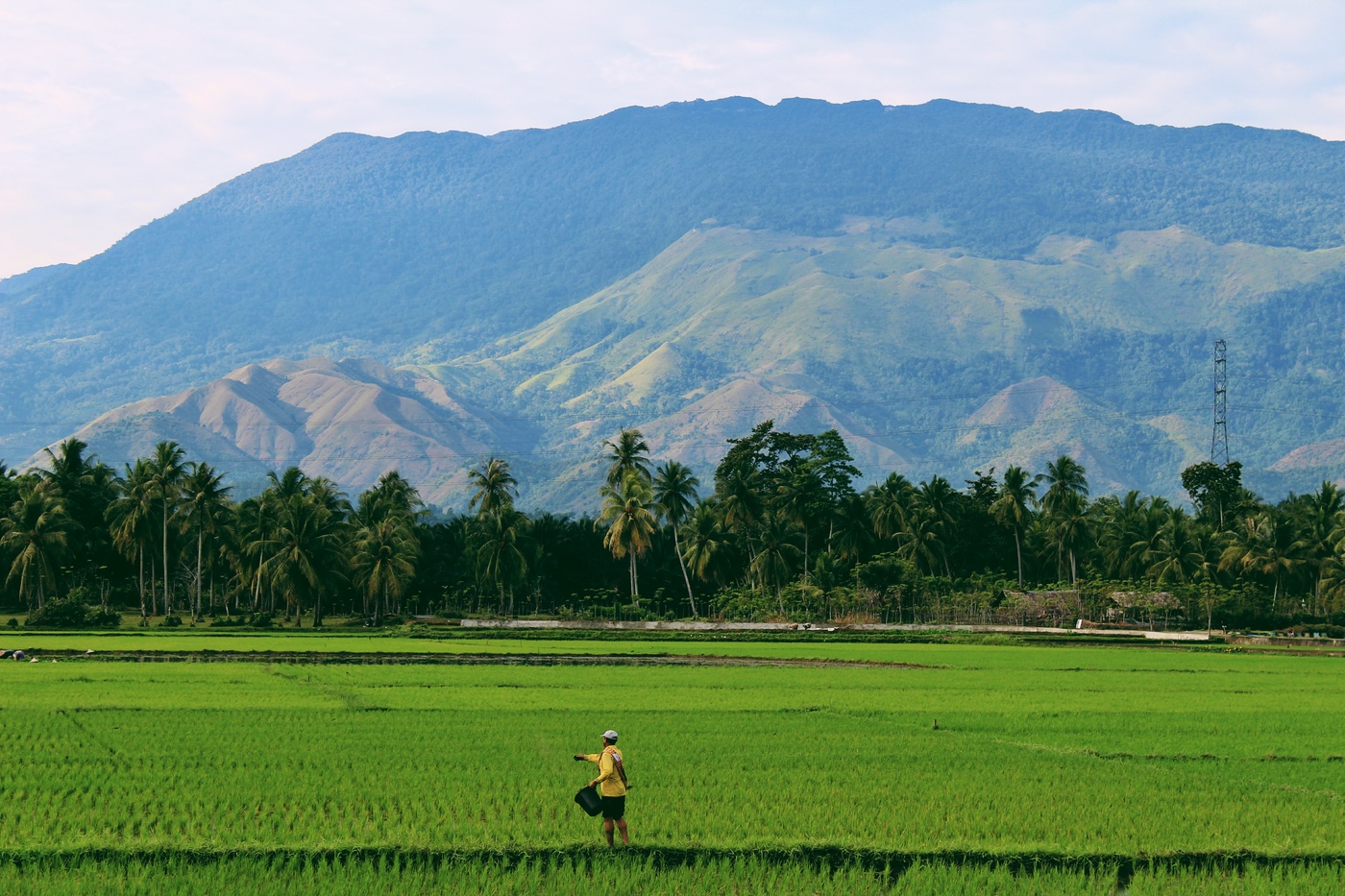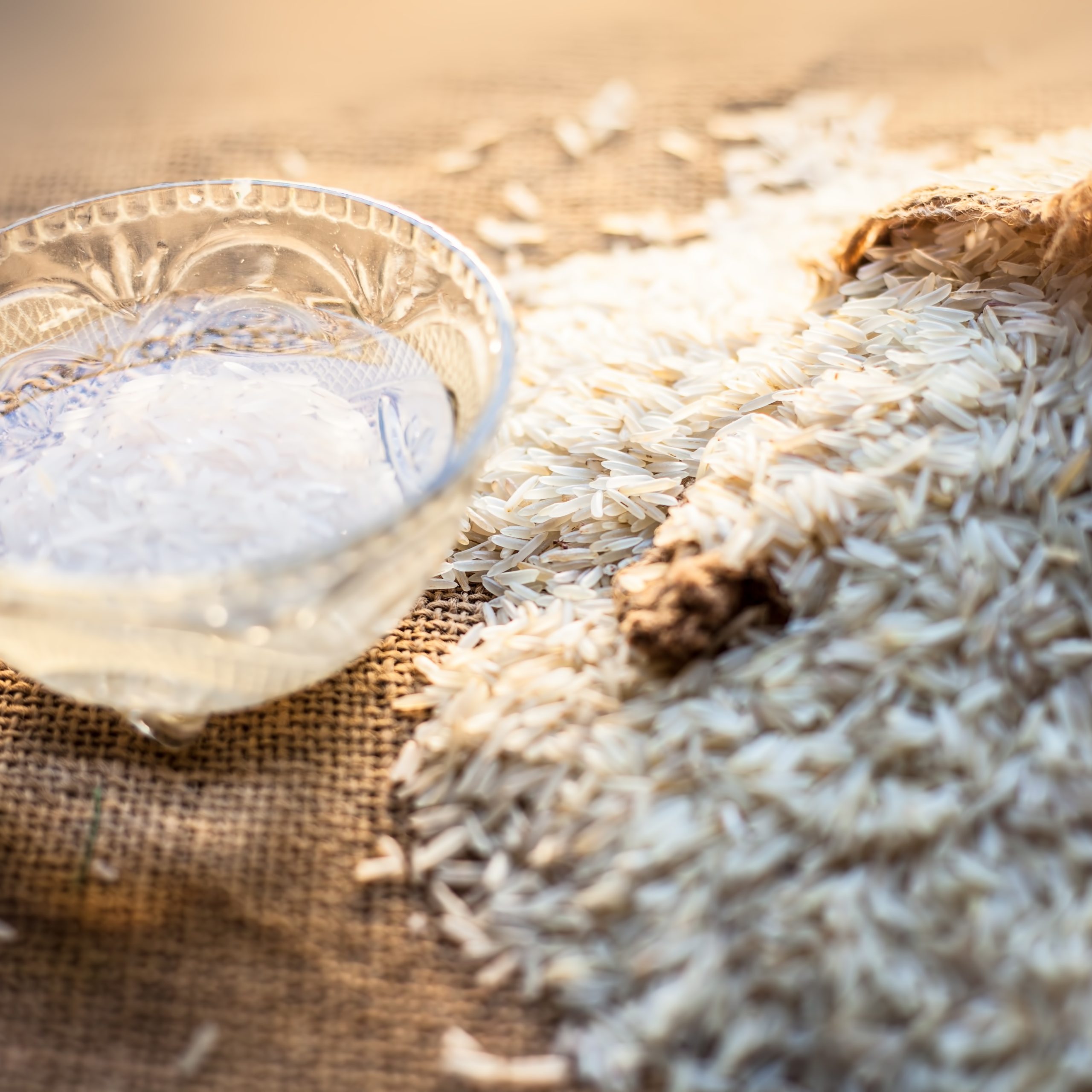Philippines’ Department of Agriculture initiates new rice cultivation strategies

In anticipation of the detrimental impacts of the El Niño weather phenomenon, the Department of Agriculture (DA) has rolled out a series of intervention strategies under the Masagana Rice Industry Development Program. These initiatives aim to counteract the expected prolonged dry spell and its effect on rice production.
The DA has embraced alternative wet and dry technology for rice cultivation as a key measure. This technique is designed to reduce the water dependency of rice crops, a crucial adaptation given the reduced water availability during El Niño. Additionally, the agency is focusing on the deployment of various other interventions, such as the distribution of seeds, the provision of fertilizer discount vouchers, soil amelioration, and the use of bio-control agents. These measures are particularly targeted for implementation during the peak of the hot season.
A significant aspect of these strategies involves the scaling and distribution of agri-input assistance, as well as the exploration of more resilient seed varieties. This approach is crucial in light of the fact that a mere one degree Celsius rise in temperature can slash rice yields by up to 10 percent. The DA emphasizes the delicate balance between the need for solar radiation for carbohydrate assimilation in rice and the optimal low temperatures required for maximum yield.
These measures were deliberated and authorized in a series of cluster meetings chaired by Agriculture Secretary Francisco Tiu Laurel, Jr., under Special Order 1516. The meetings brought together groups from various regions across the Philippines – Luzon, Visayas, and Mindanao – to consolidate efforts and maximize the productivity of the government’s response to the challenges of the 2023 to 2024 dry season.
The current dry spell, which began last December and is expected to persist until May, poses a significant threat to rice production, especially considering that rice cultivation requires approximately five liters of water per kilogram of rice produced. Approximately 275,000 hectares of rice fields are currently at risk due to El Niño. However, there is a glimmer of hope as early indications suggest that the high water levels in dams, which assist in irrigation, might mitigate some of the adverse effects.
The overarching goal of the Masagana Rice Program is to enhance rice productivity and build resilience against the impacts of climate change. This involves implementing strategies to achieve economies of scale, more efficient operations, and agribusiness clustering and consolidation. Additionally, the program aims to integrate digital transformation in rice cultivation and instill a “Triple A” approach encompassing agricultural production, agribusiness, and agritourism.



